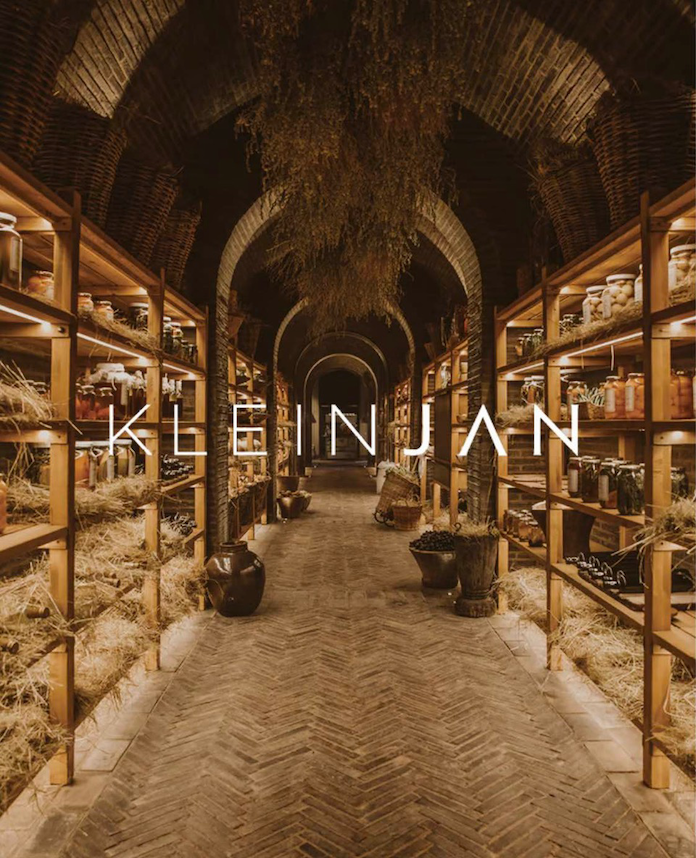THE WILD MISTRESS
NOTES ON THE CITY OF NICE
Once upon a time, the Mediterranean Sea was a vicious, thrilling place where cultures collided, converging in harmony, or clashing in brutal war. And often, the source of either eventuality centred on who controlled the great port cities that dappled the shoreline. But the origins of the city of Nice is beyond ancient – it’s prehistoric! In creating the story, Mistress of the Mediterranean, for JAN the Journal Volume 7, we discovered that beneath the city’s layers of history lies a wildly enchanting soul who has beguiled her inhabitants through many aeons. This is what we learned.

Around 400,000 years ago, Nice was little more than a prehistoric hamlet where and array of prehistoric beasts dwelled alongside early humans. The remnants of this forgotten civilisation, who had learnt to wield fire (the French, it seems, have always had a knack for cooking) can still be seen at Terra Amata, the popular historical attraction on the slopes of Mont Boron.
And so, life continued in the beautiful city, until one day in 350 BCE, the Greeks arrived from Marseille (Massalia at the time) to take the city by force. It was at this moment in history that the city acquired the name, Nikaia, named after the Greek goddess of victory. Greece eventually fragmented, at which point Nice passed to Roman hands – a heritage that is still evident in the city’s lines and curves today. But after the sacking of Rome by the Visigoths from the north, Nice became free – to a point.
For a long time, Nice passed from one ruler to the next, growing a reputation as a decadent place of ill repute. As the Saracens invaded Europe to cleanse the continent of its wanton ways, the city of Nice was offered no mercy, as it was burnt to the ground.
Over the next millennium, as Nice was slowly built up again, the city changed ownership multiple times, eventually yielding to the count of Provence, then the Duke of Savoy, who christened her Nizza. But after ownership continued to pass between Italy and France, the city finally fell permanently into French hands under Napoléon III in 1860.
Over the next century, Nice became the playground of the Victorians, including the queen herself, got a new tramway, and survived World War II. Today, Nice represents what it means to be French in so many ways – a free, welcoming city that treats all who respect her with respect in return – and that has even become a home for that South African chef with his strange but beguiling restaurant in the Old Port.















